Miracle fruit, scientifically known as Synsepalum dulcificum, is a fascinating tropical berry native to West Africa. This remarkable fruit has garnered global attention not for its taste, but for its unique ability to alter the perception of flavors. After consuming miracle fruit, sour and acidic foods taste remarkably sweet — a property that has intrigued chefs, nutritionists, medical researchers, and food enthusiasts worldwide.
With growing global interest in natural food enhancers and alternatives to artificial sweeteners, miracle fruit has emerged as a niche but valuable agricultural product. Although its commercial cultivation remains limited compared to mainstream fruits like mangoes or bananas, several countries have recognized its economic and medicinal potential. In this article, we’ll explore which country stands as the largest producer of miracle fruit globally, examine the factors driving production, and understand the market dynamics surrounding this unique berry.
What Is Miracle Fruit?
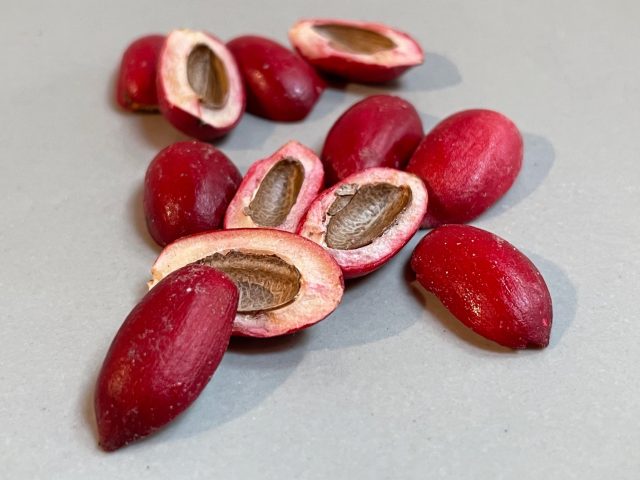
Before delving into global production figures, it’s essential to understand what makes miracle fruit so unique:
- Scientific Name: Synsepalum dulcificum
- Family: Sapotaceae
- Native Region: Tropical West Africa
- Fruit Description: Small, red berry approximately 2–3 cm long
- Key Compound: Miraculin — a glycoprotein that binds to the tongue’s taste buds, temporarily altering sour flavors to taste sweet.
Used traditionally by West African tribes to improve the palatability of sour palm wine and unripe fruits, miracle fruit has since found applications in culinary innovation, diabetic-friendly diets, and chemotherapy-induced taste alteration therapy.
Miracle Fruit Production Around the World
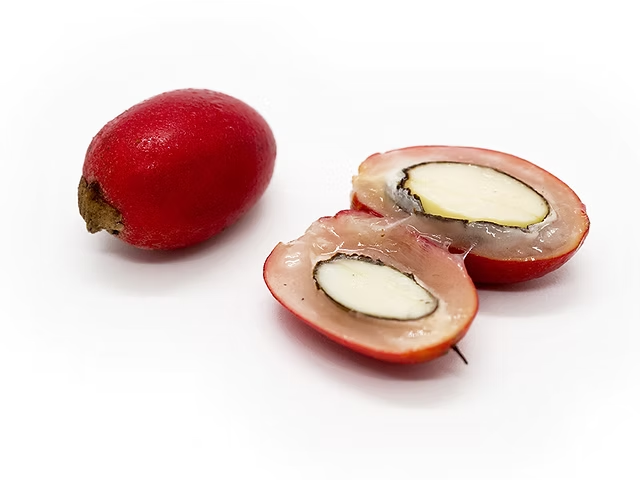
Though miracle fruit originated in Africa, its commercial cultivation has spread to various tropical and subtropical regions globally. However, due to specific growing requirements — including acidic soil, high humidity, and consistent temperatures between 20°C to 30°C — it thrives best in select countries.
Let’s look at some of the prominent miracle fruit-producing nations:
- Ghana: Native and wild populations still flourish.
- Nigeria: Known for traditional uses and small-scale farming.
- Philippines: One of the earliest Asian adopters for cultivation.
- Taiwan: A pioneer in commercializing miracle fruit in East Asia.
- Japan: Known for high-quality, greenhouse-grown miracle fruit.
- United States (Florida & Hawaii): Niche farming for gourmet markets and health industries.
Which Country Is the Largest Miracle Fruit Producer Globally?
The Philippines currently holds the position as the largest commercial producer of miracle fruit globally.
While native West African countries like Ghana and Nigeria continue to have wild and small-scale miracle fruit farming, the Philippines has successfully scaled up production due to several factors:
- Favorable Climate: The Philippines’ tropical climate, rich volcanic soil, and ample rainfall provide ideal conditions for miracle fruit farming.
- Agricultural Innovation: Filipino farmers and agri-entrepreneurs have invested in greenhouse technology, organic farming practices, and research collaborations with universities to optimize yield.
- Export Demand: The growing global market, particularly in Japan, the United States, and Europe, has created lucrative opportunities for Philippine miracle fruit exporters.
- Government Support: Various agricultural extension programs and grants have encouraged the cultivation of alternative and high-value crops like miracle fruit.
- Culinary and Health Industries: Local demand in the Philippines for miracle fruit as a natural sweetener and health supplement further bolsters its cultivation.
Why the Philippines?
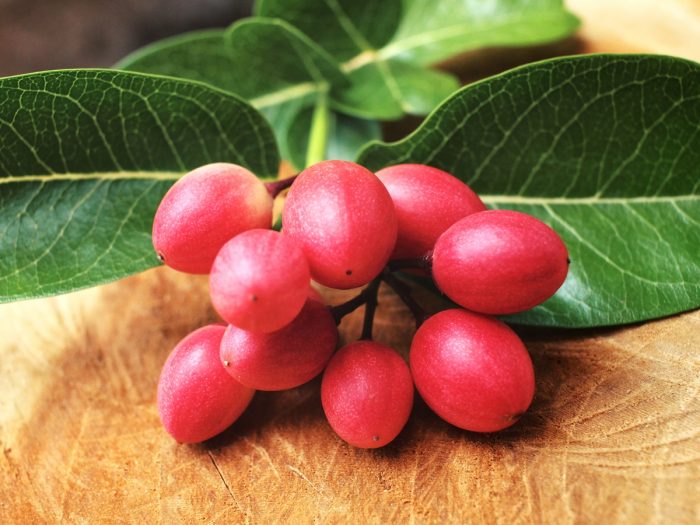
Several compelling reasons explain why the Philippines has taken the lead in miracle fruit production:
- Geographic Advantage: With over 7,600 islands and a tropical maritime climate, the Philippines has abundant land suitable for growing miracle fruit.
- Existing Expertise in Tropical Fruit Cultivation: The country already leads in the production of tropical fruits like mangoes, pineapples, and bananas. Leveraging this existing agricultural infrastructure made it easier to expand into niche crops like miracle fruit.
- International Market Positioning: Philippine exporters have strategically targeted high-end health food stores, gourmet restaurants, and pharmaceutical companies abroad.
- Entrepreneurial Culture: Filipino farmers are known for embracing niche, high-value crops, particularly those that align with health and wellness trends.
- Government and Academic Collaboration: Research institutions like the University of the Philippines Los Baños have conducted studies on the propagation, post-harvest handling, and nutraceutical potential of miracle fruit.
Global Market Overview for Miracle Fruit
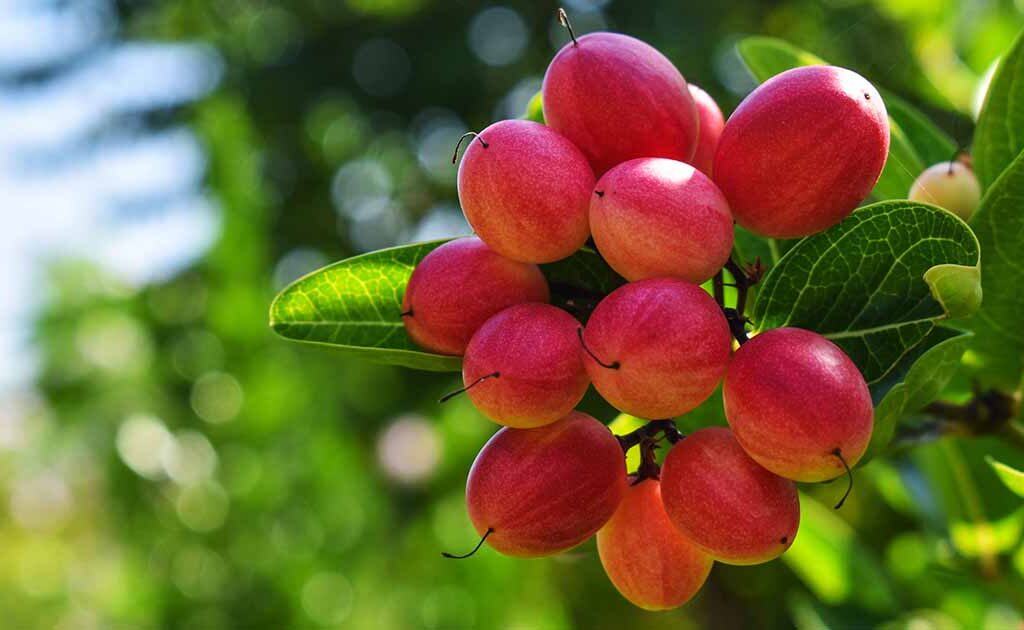
Although miracle fruit remains a specialty crop, its global market is gradually expanding:
- Primary Export Markets: Japan, United States, South Korea, Canada, and select European countries.
- Key Product Forms: Fresh berries, freeze-dried fruit, tablets, powders, and miracle fruit plants.
- Applications:
- Culinary “flavor-tripping” events
- Natural sweetener for diabetic-friendly recipes
- Chemotherapy patients managing taste alterations
- Health supplements and nutraceuticals
- Gourmet dessert and beverage creations
Challenges in Miracle Fruit Production
Despite its growing popularity, cultivating miracle fruit presents certain challenges:
- Perishability: Fresh berries spoil within 48 hours of harvesting, making transportation difficult.
- Propagation Issues: Miracle fruit grows slowly from seed, often taking up to 3–5 years to bear fruit.
- Limited Public Awareness: Compared to common fruits, miracle fruit remains largely unknown to mainstream consumers.
- Climatic Constraints: Requires specific temperature and humidity conditions.
- Regulatory Approvals: In some countries, miracle fruit products must pass stringent food safety regulations before being marketed.
Future Prospects for the Miracle Fruit Industry
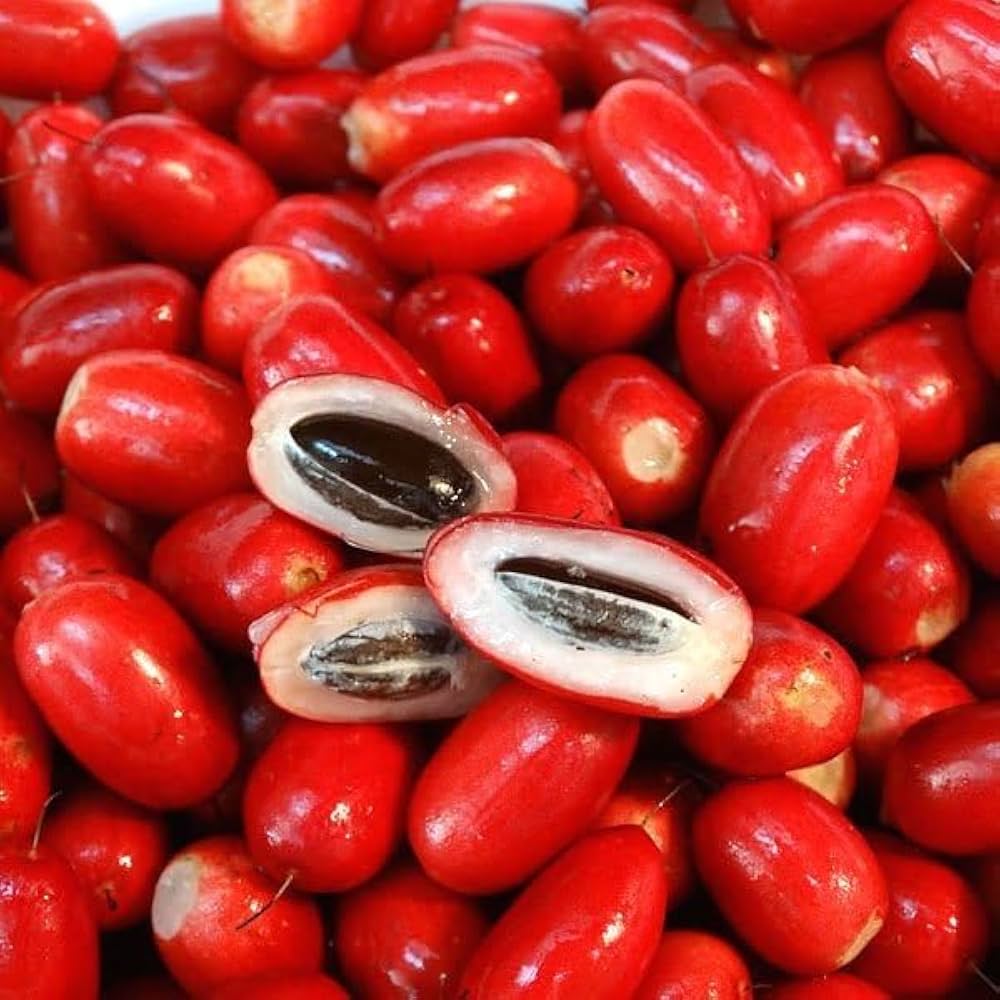
The future looks promising for the miracle fruit industry, with several trends pointing to increased demand:
- Rising Interest in Natural Sweeteners: With health authorities worldwide encouraging reduced sugar intake, natural alternatives like miracle fruit are becoming increasingly popular.
- Diabetes Management Solutions: Miracle fruit’s ability to make sour or bitter food taste sweet without affecting blood sugar levels makes it a valuable dietary aid for diabetics.
- Chemotherapy Support: Hospitals and wellness centers are exploring miracle fruit as a natural remedy for taste alteration in chemotherapy patients.
- Functional Food Markets: The global wellness and functional food market continues to grow, opening new avenues for miracle fruit-based products.
- Agri-Tourism: Farms offering miracle fruit tours and flavor-tripping experiences are gaining popularity in countries like the Philippines and Japan.
Conclusion
Miracle fruit is more than just a botanical curiosity — it represents a niche, high-potential agricultural product with culinary, medicinal, and economic significance. Among the countries cultivating this extraordinary berry, the Philippines has emerged as the largest producer globally. Its ideal growing conditions, entrepreneurial farming culture, government support, and strategic market positioning have enabled it to lead the international miracle fruit trade.
As global health and wellness trends continue to drive demand for natural food alternatives, the miracle fruit industry is poised for steady growth. With further research, improved propagation techniques, and greater public awareness, miracle fruit could soon find a mainstream place in both gourmet kitchens and health clinics around the world.

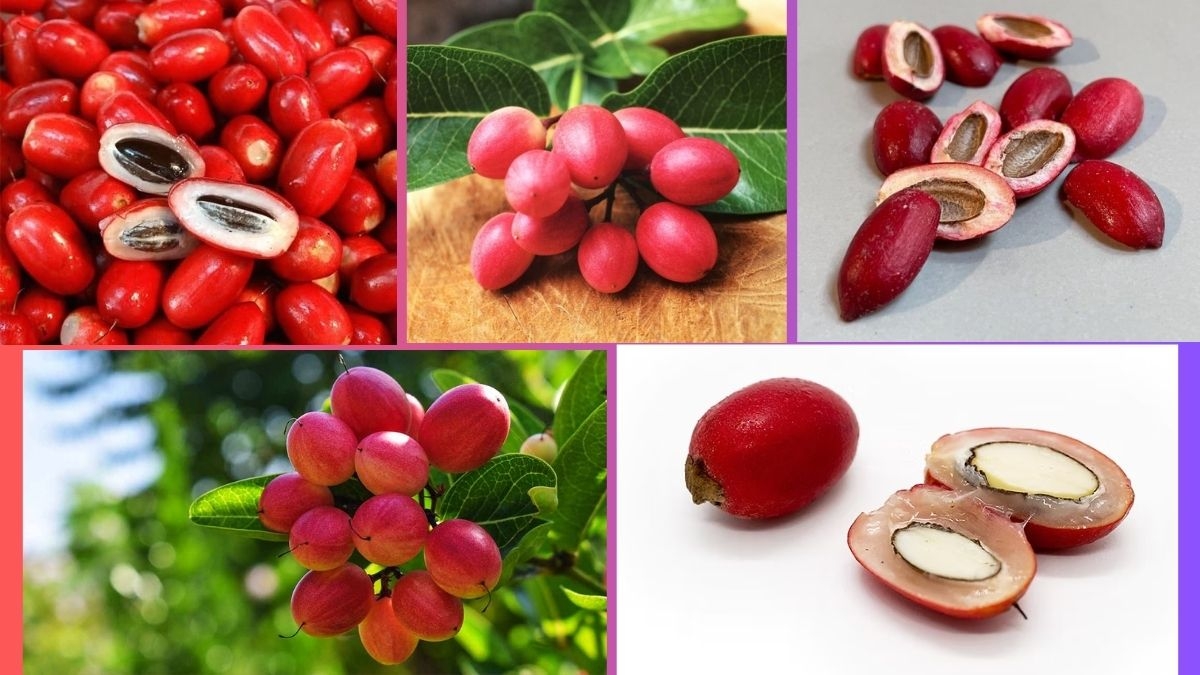




Leave A Comment